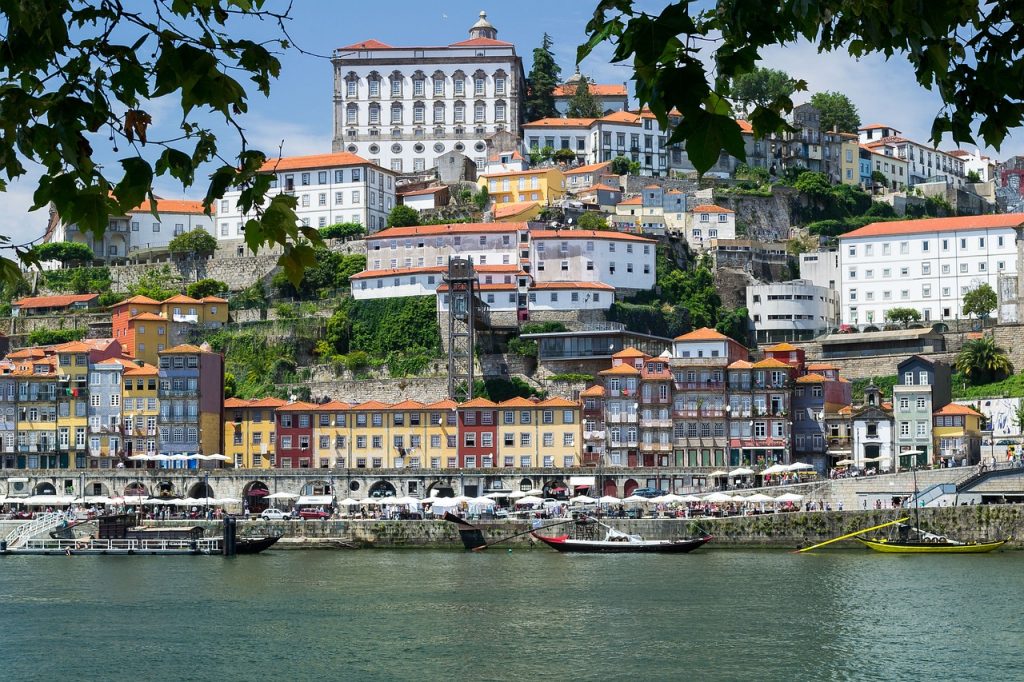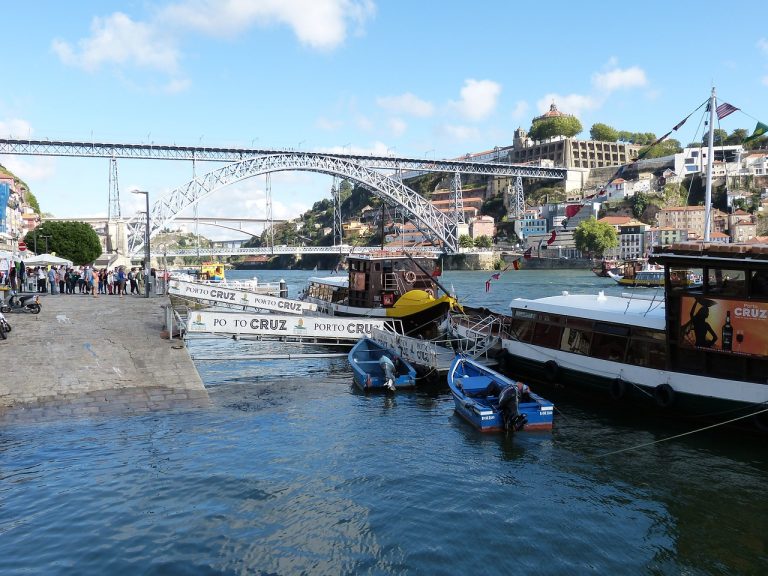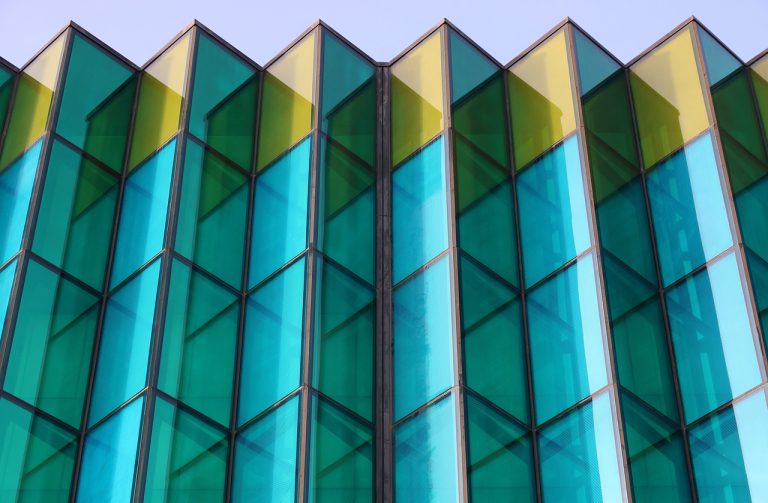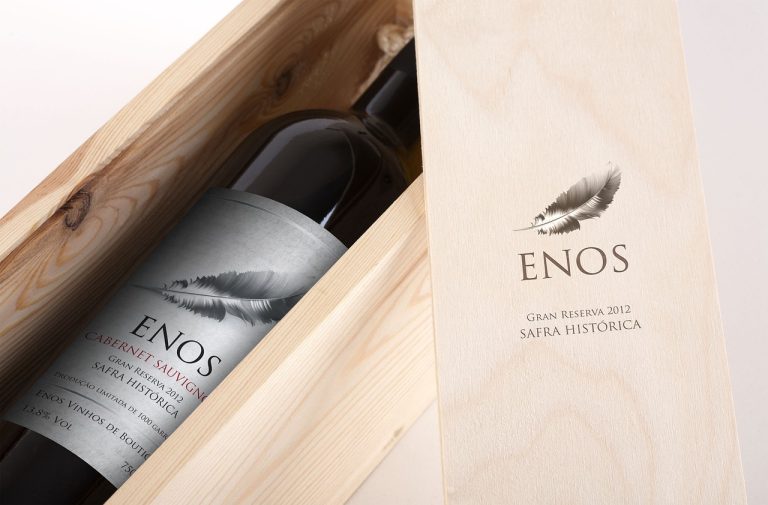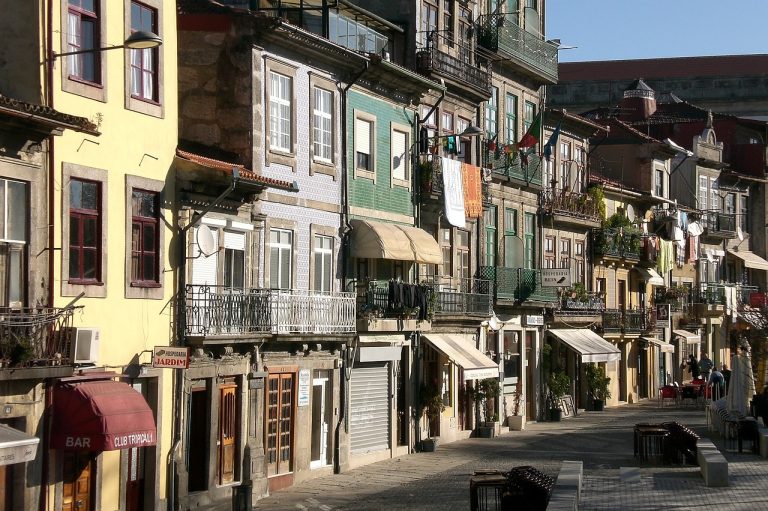Porto Portugal Video
The Cultural Evolution of Porto Portugal
Porto, also known as Oporto, is a vibrant and historic city located in northwest Portugal. Over the centuries, Porto has evolved and transformed, blending its rich cultural heritage with modern influences. This article explores the cultural evolution of Porto, highlighting its unique attractions, traditions, and landmarks.
Porto’s Historical Significance
- Ribeira District: The Ribeira District, a UNESCO World Heritage site, is a living testament to Porto’s historical significance. It features narrow streets, colorful buildings, and picturesque views of the Douro River.
- Port Wine: Porto is renowned for its production of port wine, a sweet fortified wine. The city’s connection to the port wine trade dates back to the 17th century and has played a significant role in its cultural and economic development.
- São Bento Train Station: This iconic train station is known for its magnificent azulejo tiles, depicting scenes from Portuguese history. It serves as a gateway to Porto and showcases the city’s architectural beauty.
Porto Portugal Image 1:
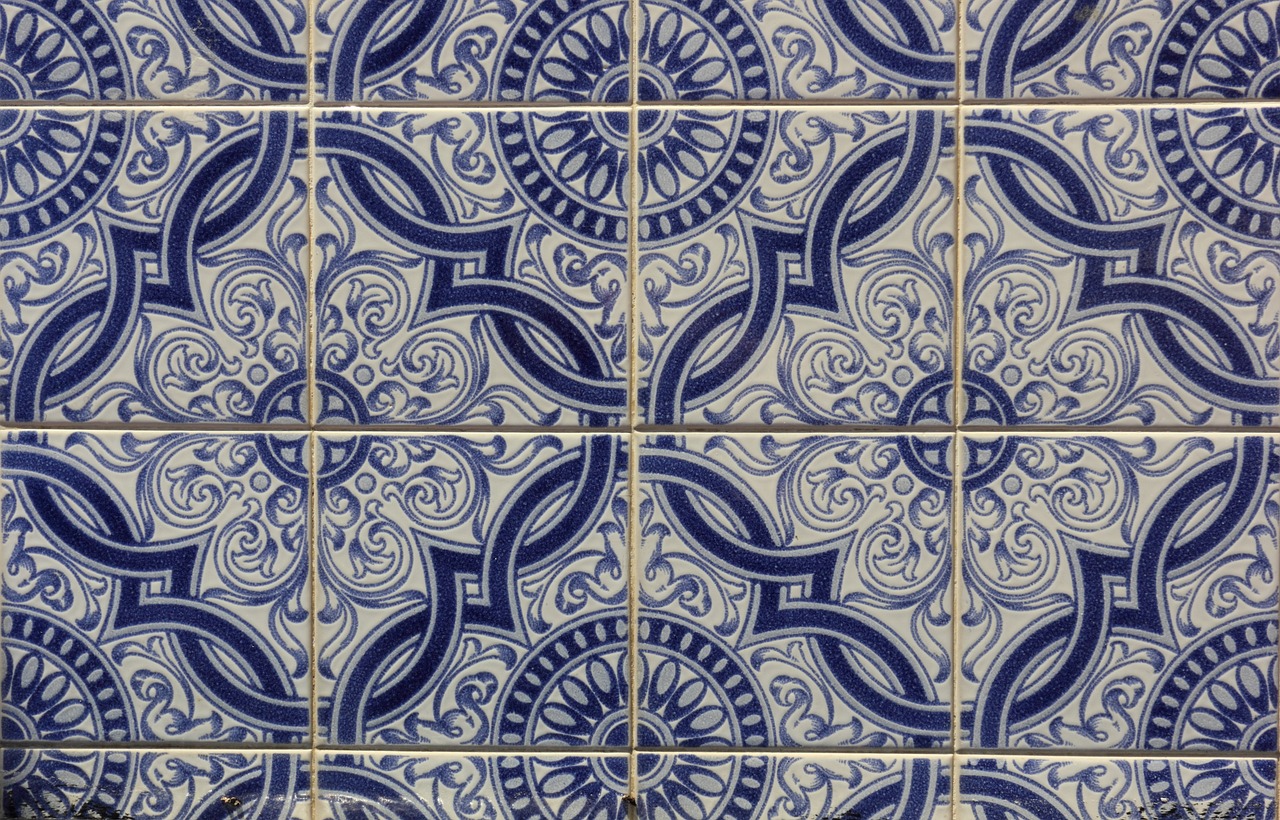
Art and Architecture
- Livraria Lello: Considered one of the most beautiful bookstores in the world, Livraria Lello is a stunning example of neo-Gothic architecture. Its grand staircase, stained glass, and intricate details attract visitors from around the globe.
- Casa da Música: Designed by renowned architect Rem Koolhaas, Casa da Música is a modern concert hall that hosts a variety of performances. Its unique design and acoustics make it a must-visit for music enthusiasts.
- Serralves Museum of Contemporary Art: Located in a striking modernist building, the Serralves Museum showcases a diverse collection of contemporary art. Its serene gardens provide a peaceful retreat from the city.
Gastronomy and Culinary Traditions
- Francesinha: A beloved Porto specialty, the Francesinha is a hearty sandwich made with layers of bread, cured meats, and melted cheese, topped with a rich tomato and beer sauce. It is a true indulgence for food lovers.
- Bacalhau: Bacalhau, or salted codfish, is a staple in Portuguese cuisine. Porto offers various traditional bacalhau dishes, each prepared with its own unique twist and flavors.
- Pastel de Nata: This famous Portuguese pastry, a custard tart with a crispy crust, can be found in Porto’s bakeries and cafes. It pairs perfectly with a cup of strong Portuguese coffee.
Porto Portugal Image 2:
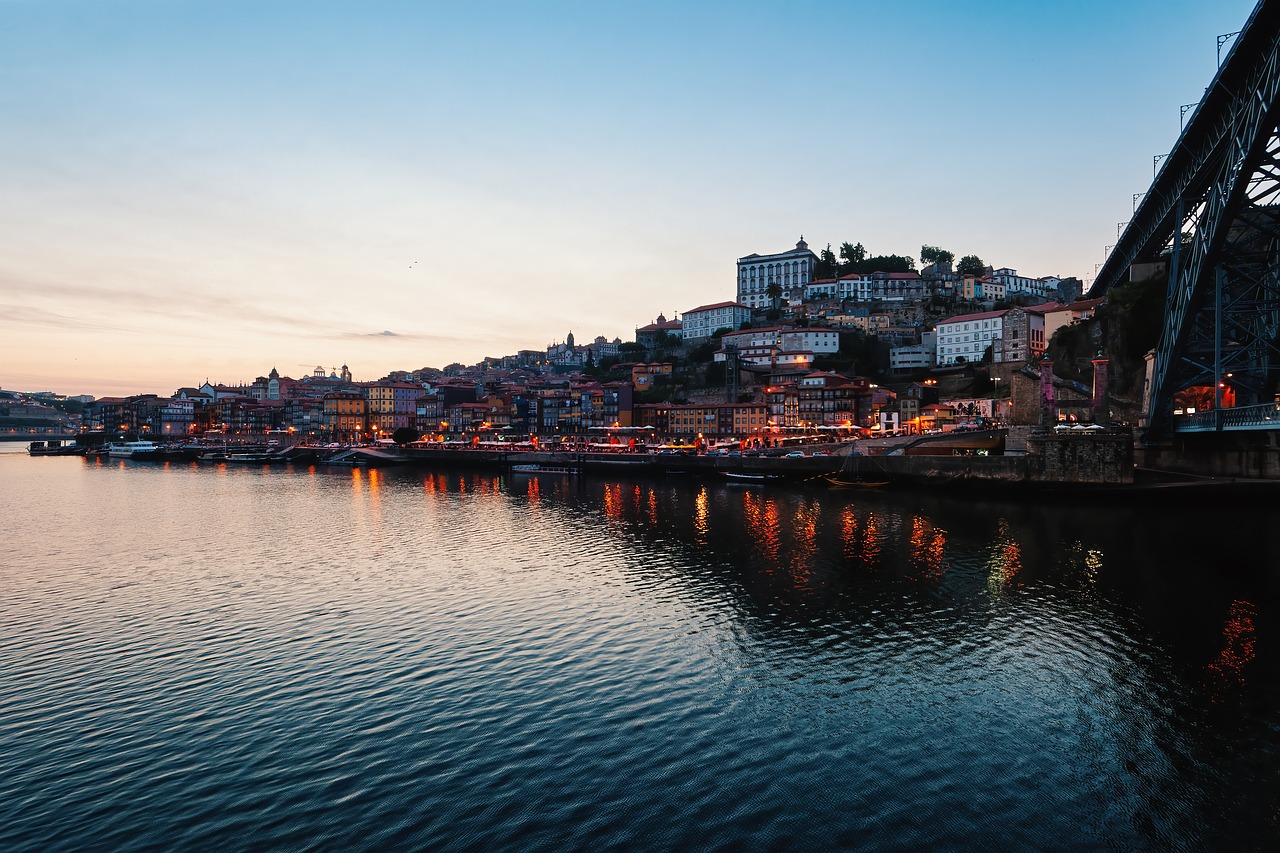
Festivals and Celebrations
- São João Festival: The São João Festival is Porto’s most popular celebration, held on the night of June 23rd. It involves fireworks, music, street parties, and the tradition of hitting each other with plastic hammers.
- Festa de São Bento da Porta Aberta: This religious festival takes place in August in the nearby city of Braga, attracting thousands of pilgrims. It features processions, religious ceremonies, and a lively atmosphere.
- Festa de São Bartolomeu: Celebrated in August in the village of Cinfães, this festival showcases traditional music, dancing, and gastronomy. It offers a glimpse into the local culture and traditions.
Exploring Porto’s Nature
- Parque da Cidade: Parque da Cidade is Porto’s largest urban park, offering lush green spaces, walking trails, and stunning views of the Atlantic Ocean. It is an ideal spot for picnics, outdoor activities, and relaxation.
- Matosinhos Beach: Located just a short distance from Porto, Matosinhos Beach is a popular destination for sunbathing, swimming, and surfing. Its vibrant promenade is lined with seafood restaurants.
- Douro River: The Douro River, which runs through Porto, is not only a picturesque backdrop but also an important part of the city’s heritage. Boat cruises along the river offer a unique perspective of Porto’s landscape.
Porto Portugal Image 3:
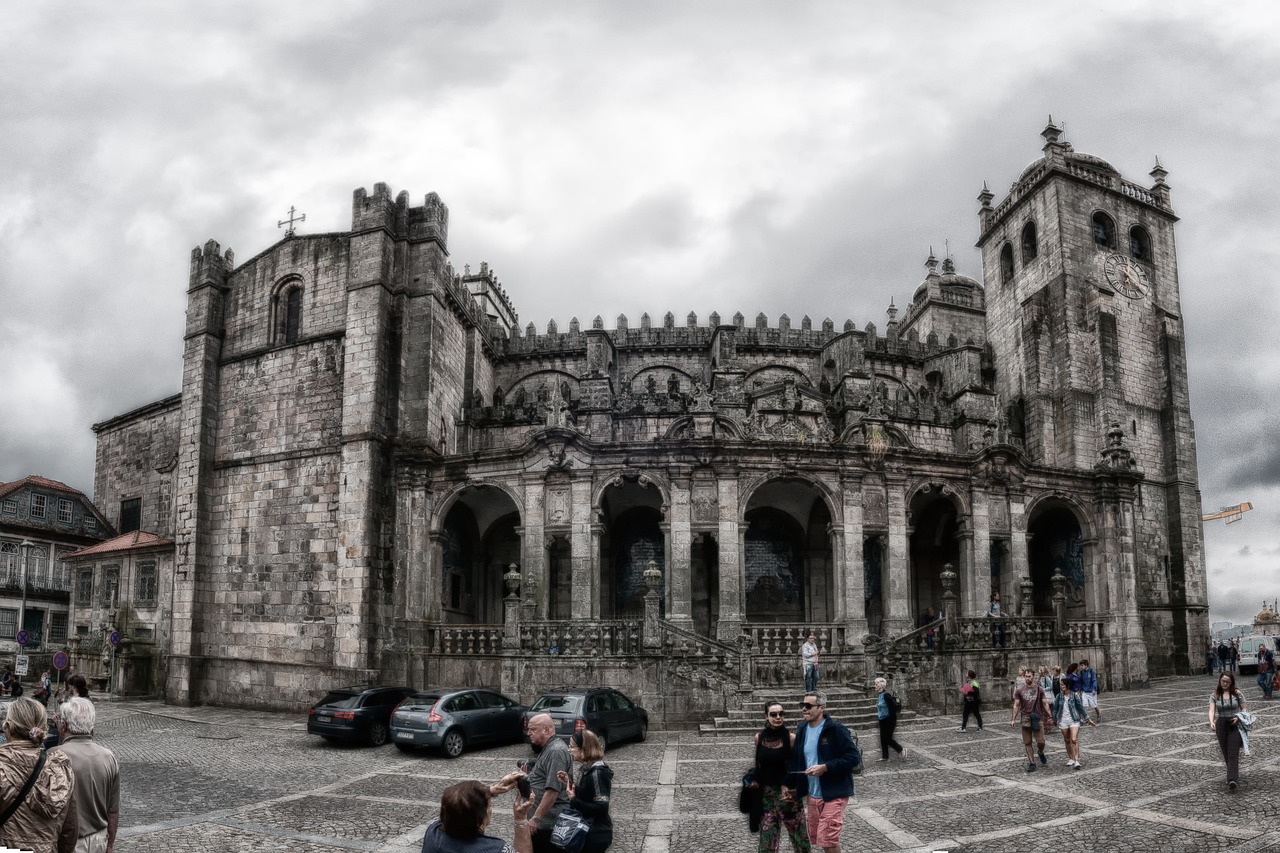
Porto’s Contemporary Scene
- Museu de Arte Contemporânea de Serralves: The Serralves Museum of Contemporary Art, mentioned earlier, also hosts temporary exhibitions that showcase the works of renowned contemporary artists.
- Casa do Design: Casa do Design is a cultural center dedicated to design and innovation. It offers exhibitions, workshops, and events that promote creativity and contemporary design.
- Porto Fashion Week: Porto Fashion Week is an annual event that showcases the latest trends in fashion and design. It attracts fashion enthusiasts, designers, and industry professionals from around the world.
Preserving Traditions
- Fado Music: Fado, a traditional Portuguese music genre, can be experienced in Porto’s intimate Fado houses. These venues offer soulful performances that capture the essence of Portuguese culture.
- Porto’s Historic Neighborhoods: Exploring neighborhoods such as Miragaia, Ribeira, and Foz allows visitors to immerse themselves in Porto’s traditional architecture, cobblestone streets, and local way of life.
- Traditional Crafts: Porto is home to skilled artisans who continue to practice traditional crafts such as ceramics, embroidery, and woodworking. These crafts are an integral part of the city’s cultural heritage.
Conclusion
Porto Portugal has undergone a remarkable cultural evolution, blending its historical significance with contemporary influences. From its UNESCO World Heritage sites to its vibrant festivals, Porto offers a captivating experience for visitors. Its art, architecture, gastronomy, and preservation of traditions make it a truly unique destination. Whether exploring its historic landmarks or immersing oneself in its contemporary scene, Porto Portugal continues to enchant and inspire.
References
– www.visitporto.travel
– www.porto.pt
– www.serralves.pt
– www.livrarialello.pt
– www.casadamusica.com
– www.portocvb.com
– www.portugal.com

